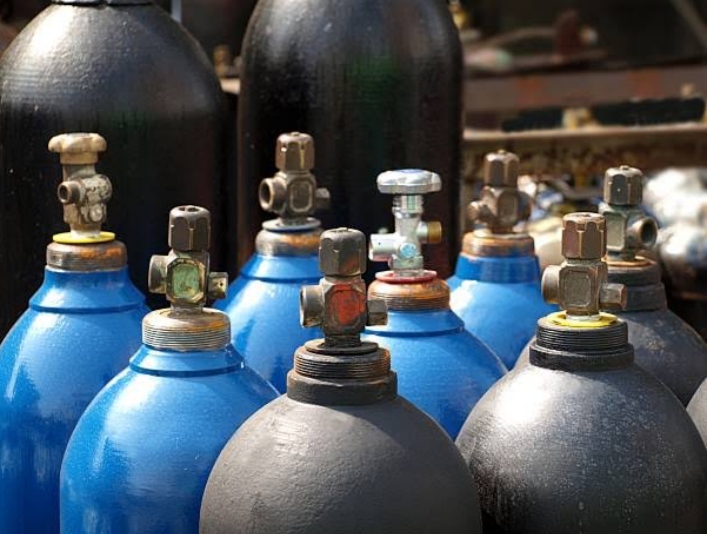The whole world is in chaos after the 2nd wave of corona hit us brutally. The world on one side is trying to vaccinate people as fast as they can and the other side government is struggling to reach the oxygen demand of different hospitals leading to loss of many countless lives. So for now we would have the doubt, if we breathe oxygen and it’s around us, why can’t we store them and give to the patients? What is the difference between medical oxygen and the oxygen we find in nature?
Oxygen is present both in our atmosphere and water. We need to know that oxygen is not the only thing present around us. Along with oxygen, nitrogen, carbon dioxide and other gases are also present. In fact only 21 percent of the air around us is oxygen, nitrogen being highest with 78 percent and other gases like carbon dioxide methane and even dust particles occupy the 1 percent spot. So we don’t have as much oxygen as we think. Oxygen in water is really less than what we find in our atmosphere and it is called dissolved oxygen. Only a fraction of oxygen will be there in water and varies with sea water to fresh water and that’s why we can’t breathe in water and sea fish can’t live in freshwater and vice versa.
When we breathe in air, the same composition of oxygen enters in, that is 21 percent along with other gases. The oxygen goes into the lungs and 15 percent of oxygen is expelled out along with the unwanted other gases. So only 5 percent of oxygen is absorbed by our body in one breath. It is used in normal body metabolic activity. Hence an average man needs a minimum of 550 litres of oxygen per 24 hours. It might get varied with the age and activity that person is into. If anything lesser than the number would lead to coma or even death.
So what’s special in medical oxygen? In the medical oxygen, 98 percent pure oxygen is liquefied and stored in a cylinder. Medical oxygen is in the 2005 list of most important medical items. Even WHO mentioned that medical oxygen is one of the essential medical requirements.
As we saw earlier, only a few percent of oxygen our body consumes during respiration, so under breathing issues that reduces a lot. So by providing pure oxygen, the percent of it increases so is the breathing of the patient.
There are also other methods to produce oxygen, Portable oxygen machine which would separate oxygen from the atmosphere. This machine would be directly attached to the patient as it continuously separates oxygen and gives it out to the patient. Many countries have helped India with this very equipment.
The production of medical oxygen starts with a huge compressor which compresses the air. While compressing, a huge amount of heat is released. This heat is cooled out by making the compressed air reach temperature -200°C, at this temperature Carbon dioxide gets separated as dry ice. Further the gases are cooled gradually in which different gases get converted to liquid in different temperatures. As oxygen has the lowest boiling point, it is the last to get into liquid state, and the pure liquid oxygen is separated out and transported through huge cryogenic tanks. After the tank reaches the required spot, the oxygen is then transferred to the oxygen cylinder under required pressure. Then goes to save lives.
The demand is mostly due to huge increases in cases in a short interval of time, hence failing to reach the demands in time. Many industries which produce pure oxygen have readily diverted their production. As stated by the Health Minister Daily production capacity (7,287 MT) and Stock (50,000 MT) was “comfortably more than daily consumption (3,842 MT),” the trouble was that this production capacity was mostly designed for captive internal use and not for commercial production and distribution elsewhere. Geography was also an issue since most of the industries producing this oxygen are located in the eastern part of India, the west part of India- Delhi, Maharashtra were once affected most due to the 2nd wave. Even there is no required amount of cylinder to oxygen or even the tanks to transport this gas.
It is not that we didn’t anticipate it. Many warned about all these issues at the very strike of the 1st wave itself. But because of lack of attention from the government and even by the private sectors brought us here.
previous post

